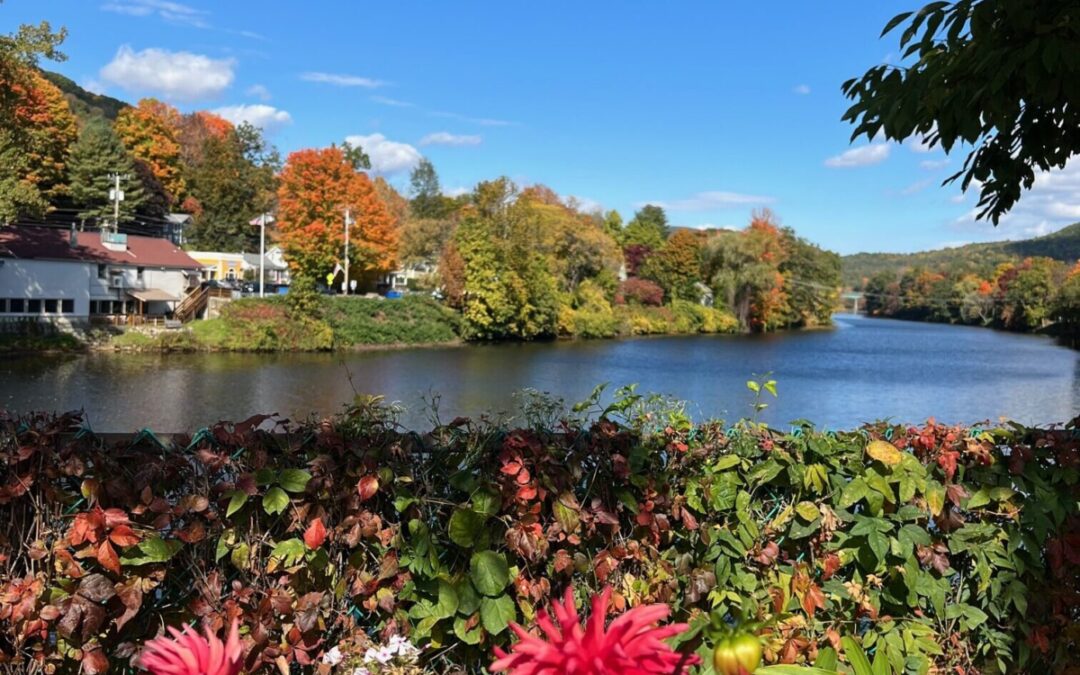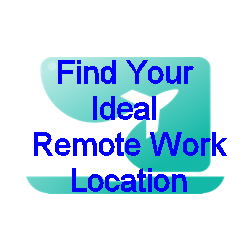For many small communities, remote workers and remote services are going to redefine their future. For the past few decades community growth or decline has been predictable based on known trends. In the last two years, everything was turned upside down. A lot of the plans that might have been made even a few years ago may no longer be valid. Pandemics, supply chain interruption, and the concepts of telemedicine or remote work weren’t on anyone’s radar 10 years ago. There are a few cross-cutting themes that may determine the future of small towns.
- Remote first for work and services – this isn’t just about working remotely it’s about thinking about how work is done, and services are delivered from a remote perspective first
- Sustainable economies – sustainable economies are typically thought of in terms of energy production but this can also apply to farmer’s markets and even entertainment
- Shared resources – tied closely to the first two examples are shared resources which can be anything from residential space to coworking space to community gardens or even cars
Geo-arbitrage
The concept of sourcing talent based on geographic considerations has been around for a while.
Tim Ferriss made the concept almost a religion with The Four-Hour Workweek. First, it was outsourcing to India or the Philippines, and more recently workers have been moving to previous outsourcing destinations based on the cost of living and local amenities. This has caused some huge fluctuations in some real estate markets like Spain and Florida. When people can live anywhere, it can upend many traditional markets.
As certain markets get saturated, there are opportunities for less well-known areas to attract new residents. Italy has been doing it very publicly with towns with homes for $1. But maybe you would like something in the U.S. Communities where manufacturing previously moved overseas had high vacancy rates for years based on available jobs. When jobs don’t have to be located in the same place as the people, opportunities present themselves.
Maybe you always wanted to live in the Rocky Mountains, on a farm in upstate New York, or perhaps at a converted mill in the Berkshires. Remote work makes these things possible. And for the communities that were previously entirely dependent on local jobs, now they just need to find people that want to live there.
What are People Looking For?
Colonia Americana in Guadalajara, Mexico was recently voted the world’s coolest neighborhood. There probably won’t be a rush for people to move there, but it has been attracting people for a while. A little more notoriety will increase it as a tourist destination.
What people want has never really changed. They want a safe place to live, with the amenities they like, and an opportunity to earn a living.
The last element has always been a geographic consideration, but not anymore. Still, many communities treat it that way. They just need to get creative in their marketing.
Building Bridges
When a local economy is heavily dependent on a single industry or company the results can be disastrous when markets change. As an example, New England is dotted with towns where the manufacturing disappeared, and the people stayed. Some survived, and others are still struggling.
It usually takes one or two people with an unrealistic vision to plant the seeds to bring new life to a community. While not a recent project, an abandoned trolley bridge was converted into a garden during the depression. The Bridge of Flowers has been the centerpiece of Shelburne Falls now for almost a century. Shops, restaurants, and galleries have sprung up on both sides of the bridge and ensured a steady flow of tourists over the years. The town has been the setting for several movies, and there are even a few celebrities living nearby.
In other towns, it’s co-working spaces, art galleries, bakeries, wineries, and micro-breweries that are recreating the fabric of communities. As these take shape, ecosystems form around them. And as they grow, businesses support one another.
Then you just need to sprinkle in a little music or magic to make it complete.
Bring on the Entertainment
Entertainment has never really been an economic indicator, but it probably should be. Before 1900, over 90 percent of performers made a living wage from their craft. Some traveled but most were comfortable operating within a close distance of home base.
Between radio, TV, and movies the entertainment market centralized in a few locations and as of a few years ago, less than 10% of entertainers make a living wage from their talents.
With large metropolitan areas such as San Francisco, Los Angeles, New York, and Washington DC all shedding 1-4% of their population in the past year, the demand for entertainment in less urban areas has gone up dramatically.
Breweries and Wineries in particular make great venues for live music. And since they don’t have the same vibe as a bar, it’s almost a requirement. But it doesn’t stop there. During the summer weekends Great Barrington, MA blocks off a couple of streets and invites in performers of all kinds. You can see a magic show, someone juggling on a stack of chairs, Irish folk music, and whaling songs from the 1800s all within a couple of blocks.
Other communities are coming up with their own street festival and other occasions to bring people together. It doesn’t take much for a small town to create an event or two that develops a loyal following. Some will come to be entertained, and some will come to live.
Build It and They Will Come
Outside of the movie Field of Dreams, Disneyworld, and a few others, building it and they will come has usually not been a good strategy for economic growth. Building on a foundation is usually a better strategy. Many communities don’t even realize they have a foundation to start from. With remote work and remote services, some of that foundation is outside their community.
This can mean less work to do.
The key is seeing how a community can leverage those things.
It might require some improvements or incentives. Sometimes it may be as simple as some of the following:
- A grant for broadband access.
- Retrofitting a church steeple as a cell tower.
- Rezoning for micro-farms or vertical farms
- Opening agriculture to Cannabis or Hemp
- Auctioning off delinquent tax property
- Encouraging homeowners to have B&Bs
- Work with farmers to offer farm-to-table experiences
- Arranging medical monitoring equipment for older residents
- Have a house painting competition with unique colors
- Creating a festival or town event
- Economic development funds for target businesses
The days when jobs brought residents have faded in many communities. But when people can work from anywhere, they are going to look at all the other factors that make a community where they want to live.



